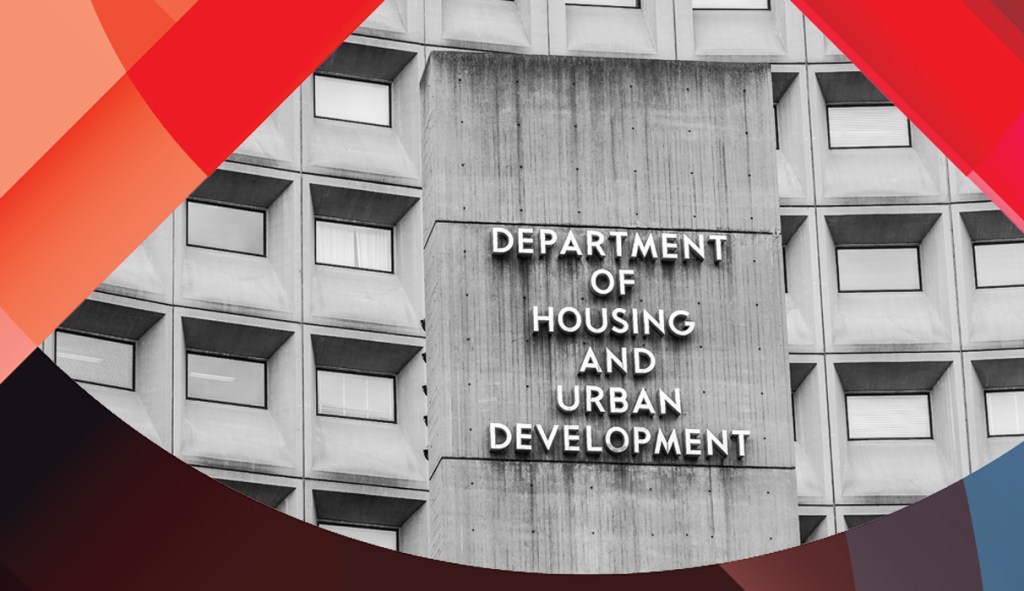
Envisioned to provide rules of the road for mortgage servicers, industry groups and housing advocates say the Federal Housing Administration‘s draft defect taxonomy would instead keep lenders away.
The document spells out what remedies the agency may seek if it finds loan-level defects pertaining to servicing. Remedies — punishment for mistakes, in other words — could be as mild as producing additional documentation or as severe as life-of-loan indemnification. Other forms of financial remediation could include borrower refunds, principal reduction, account adjustment or remittances paid to FHA.
Industry and housing advocates say the document is unclear, and will not spur the return of depositories that in recent years have abandoned the FHA market. Industry groups have asked FHA for more time to provide feedback.
Meg Burns, executive vice president of the Housing Policy Council, who was previously director of the Department of Housing and Urban Development’s office of single family program development, said the document did not rise above a “list of sections of the single-family handbook without any specific requirements.”
“I think [HUD] would like for this to be the kind of document that would serve as a compliance roadmap that would indicate what is important,” said Burns. “Unfortunately, it lacks the detail necessary to serve that purpose.”
A HUD spokesperson said the agency expects and encourages industry feedback on the draft defect taxonomy, and it will take that feedback into consideration before moving forward.
“It is important to note that the draft Servicing Defect Taxonomy that FHA posted on its Drafting Table on October 28 is exactly that – a draft,” said a HUD spokesperson. “We do believe that the additional clarity that will be provided through a final servicing defect taxonomy will be beneficial to those doing business with FHA.”
The clearest punishment the FHA outlines is what to do if it were to find evidence of fraud that a servicer knowingly committed. In that case, regardless of the defect area, the remedy is life-of-loan indemnification.
FHA’s remedies are more ambiguous for other transgressions. In some situations, FHA could request a combination of punishments. The defect taxonomy also does not “establish a universal statement on all monitoring or enforcement efforts by FHA,” the document reads, nor does it preclude FHA from referring any violation to other offices at HUD.
If FHA were “unable to determine servicing compliance due to missing or incomplete records, individual account information or related data,” it could seek mitigating documentation, principal reduction, life-of-loan indemnification, or any combination of those three.
Mislaying an individual account or servicing record, having material inaccuracies, errors or data integrity issues could result in a punishing mishmash of life-of-loan indemnification, borrower refund, principal reduction, account adjustment, or mitigating documentation. Or all of the above.
A slightly different combination of remedies would apply if a servicer has missing, incomplete or illegible records and FHA is unable to determine Home Retention Option compliance.
In recent years, many large depositories, including JPMorgan Chase and Bank of America, moved away from FHA lending. The Department of Justice use of the False Claims Act to extract massive settlements from FHA lenders, like Wells Fargo, had the “unintended but predictable consequence of major lenders withdrawing from the market altogether,” said David Dworkin, president of the National Housing Conference.
An unclear defect taxonomy could continue to keep lenders from entering the FHA market.
A 2019 memo of understanding between the Department of Justice and the Department of Housing and Urban Development clarified that the False Claims Act would be enforced primarily through HUD’s administrative proceedings. But the Biden administration has not yet reaffirmed that stance, Dworkin said.
“Adding on these new conditions involving servicing sends the wrong signal and will have a chilling effect on the ability of banks to enter this market,” said Dworkin. “It will harm the very people who regulators say they’re trying to help. We should not protect people from getting a less-than-perfect mortgage by preventing them from getting any mortgage at all.”
Mortgage and servicing trade associations, in theory, support the idea of a defect taxonomy. Matt Douglas, vice president of mortgage policy at the Housing Policy Council, explained that such a document is necessary to explain what happens when a servicer or originator makes a mistake.
“If you make millions of loans and someone audits them and finds you did something wrong,” Douglas asked, “How big of a deal is it? Is it a slap on the wrist or death penalty?”
The timing for an ambiguous outline of punishments is also less-than-ideal for servicers who are now negotiating with over one million borrowers exiting forbearance plans. Added to last week’s announcement that federal regulators will end flexibilities for mortgage servicers, servicers may feel they are under siege.
The Mortgage Bankers Association and the Housing Policy Council last week jointly wrote to the FHA to request more time to parse the draft taxonomy, because their members are “inundated with managing and mitigating borrower impacts of the pandemic while implementing previous FHA handbook changes.”
Industry stakeholders have until Dec. 27 to provide feedback on the draft defect taxonomy.





